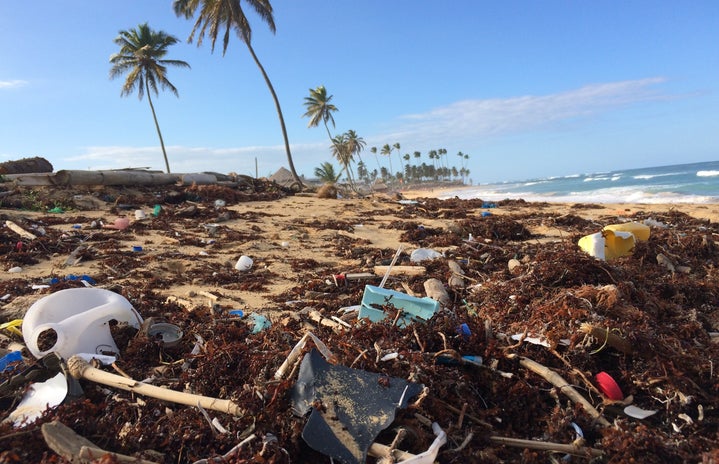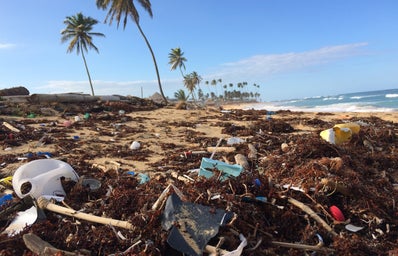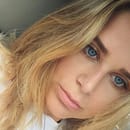Dear Reader,
Today I am writing to you regarding the health and well being of our planet. These past few months, I have been studying a topic that has opened my eyes to how our treatment of the planet directly affects us. This topic has shown me that even the smallest change can make the biggest difference. It has shown me that anyone can change the world. That topic is called environmental science. Within this topic, I have studied many issues such as natural resources, human effect on the environment, natural selection, ocean pollution and many others. The one that weighs heavy on my mind now is ocean pollution.
Our oceans have years’ worth of plastics that have fallen into it. These plastics help to create things known as garbage patches. There are five large garbage patches across our oceans right now. One in the Indian ocean, two in the Atlantic, and two in the pacific. The largest of these is called The Great Pacific Garbage Patch. “This patch spans 1.6 trillion square kilometers. Within this space floats roughly 1.8 million pieces of plastic” (The Ocean Clean Up, 2020). Single use plastics, such as water bottles, straws, and grocery bags, take up a vast amount of space in our oceans, posing a huge threat to our aquatic life.
There are many issues that come with having so much pollution in our waterways. Our aquatic friends are suffering like never before. Many are ingesting pieces of plastic which create a false sense of being full. They swim around slowly starving due to the lack of nutrients in their bellies. Many are choking on these plastics; many get entangled in them. Either way, the presence of plastic in our ocean systems poses eminent death for those who are not at fault. They are dealing with the consequences of our actions.
Over time, these larger plastic items break down into smaller pieces known as microplastics. Microplastics are formed when larger pieces of plastic are exposed to natural elements out on the ocean. UV radiation, currents, and winds play a large part in the breakdown of these items. Microplastics range in size < 5 mm in diameter. They are somewhere between a sesame seed and a mustard seed. These microplastics still pose a major threat to our marine wildlife. They can have the same filling effect causing these poor creatures to starve. They can also get trapped in their gills, and these tiny pieces can even enter the bloodstream of these animals. Just because we are human doesn’t mean we aren’t affected by these tiny villains! Our tap water is infested with thousands of these microplastics. They can also be found in our food products and even our bottled liquids. These microplastics are a haven for toxic chemicals and carcinogens. Though there are limited studies to the effects they have on humans, I can’t imagine ingesting bits of toxic chemicals is healthy for us. Can you?
I’ve talked enough about the far-off effects, let me touch on something a little closer to home. I grew up in one of the most beautiful small towns in the world. Ocala, Florida is in the heart of the sunshine states. It is surrounded by hundreds of natural springs. Silver Springs, Rainbow Springs, and Ichetuknee Springs are a few of my favorites. Every summer, I go out to the rainbow river to swim the run. I pop on my goggles and fins and dive down to visit with the beautiful creatures who call the river home. I also love to dive down to the bottom to find “treasures” other people have dropped from their tubes, kayaks and boats. I have found sunglasses, t-shirts, even jewelry! I have also been fooled several times by a stray mountain dew bottle. The shiny green plastic catches my eye and makes me think it’s something special. Though I love to find the pieces people leave behind, I’m sure the wildlife does not. I have made it a point in the past to collect little pieces of trash from the bottom and throw them away after my swim. Now I am even more aware of the threat these items hold. The plastic in our springs affects the local wildlife just as much as those in the ocean. Our manatees and alligators are at the same risk as our dolphins and sea turtles. These microplastics have infiltrated our springs as well. They are affecting the wildlife in very negative ways.
With my letter, I am hoping to motivate you, the reader, to reduce the use of plastic material, particularly single use plastics. Even if one person stopped using these single use plastics their impact would be huge and it would be for the better. It would keep our aquatic friends from suffering a slow and painful death. Banning single use plastics will make our world a better place. Even the smallest person can make the biggest difference!



